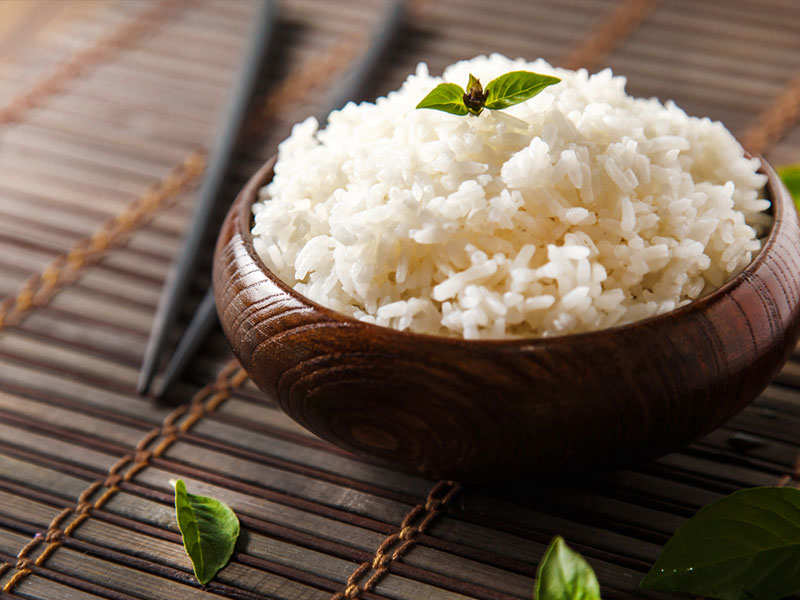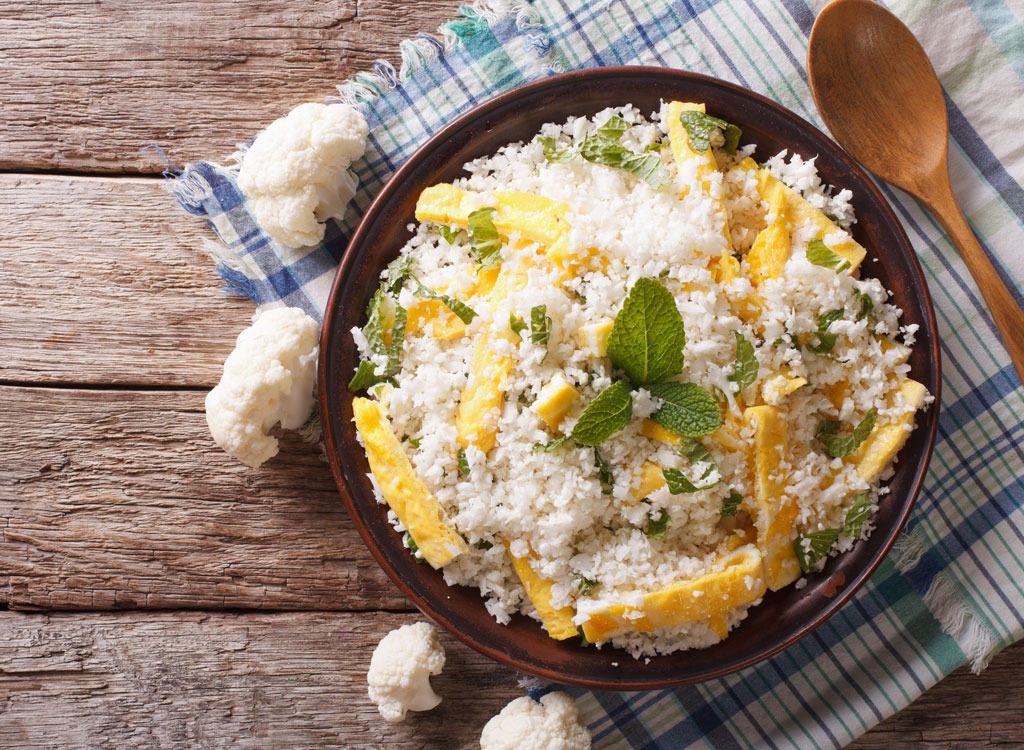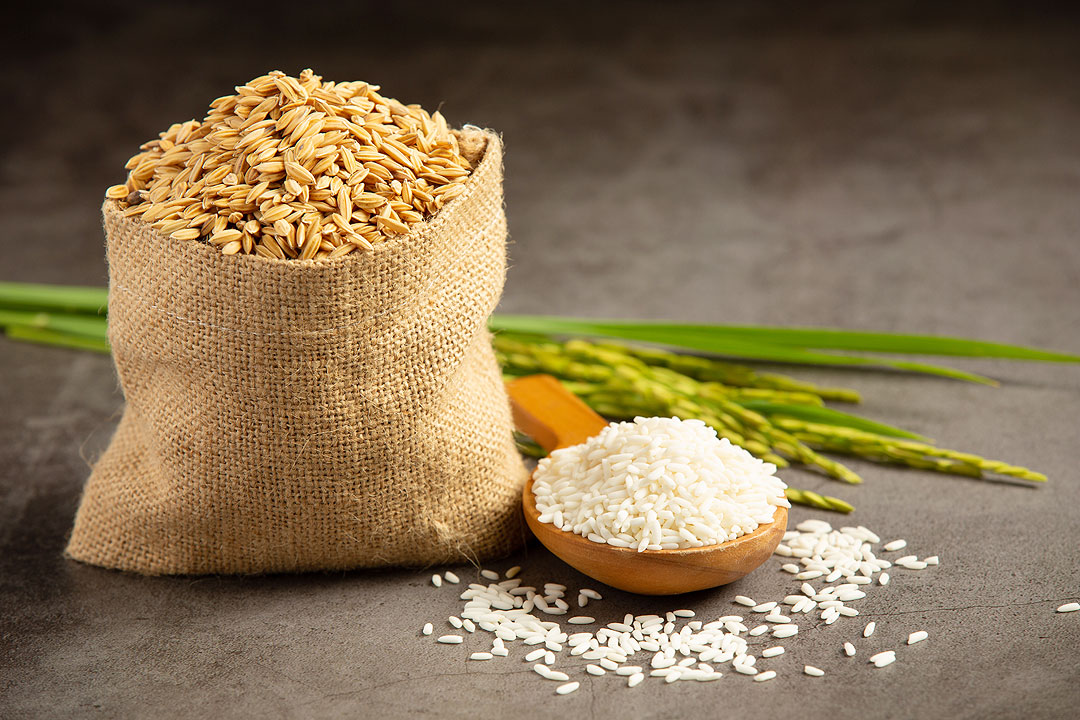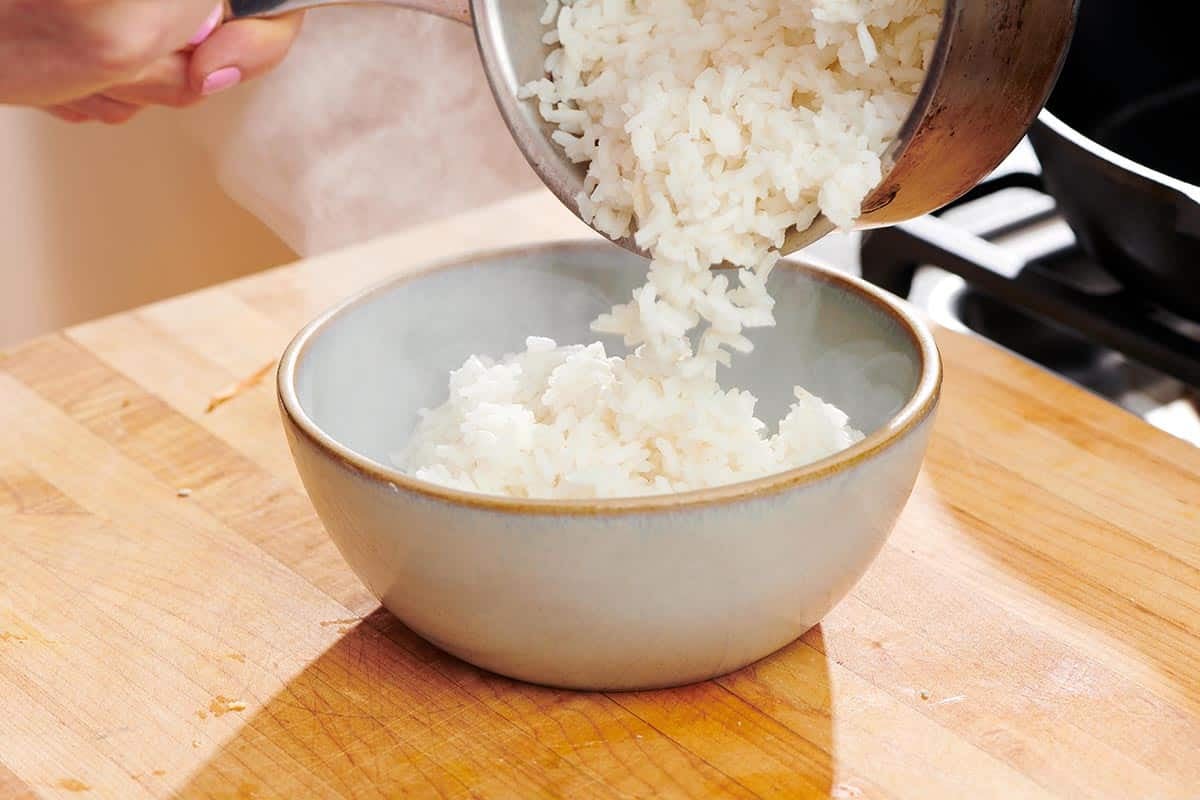The Ultimate Guide to Perfecting Your Rice Flour Bread Recipe
Written By James Morgan
There's something inherently magical about baking your own bread. The tantalizing aroma that fills your home, the feeling of accomplishment, and the pure joy of tasting a slice fresh out of the oven. Today, we're diving into the world of gluten-free baking with the **rice flour bread recipe**. Not only is it a delightful alternative for those who are gluten intolerant, but its also a healthy, nutritious, and utterly delicious option for everyone.
Before we dive into the nitty-gritty details, let's explore why the **rice flour bread recipe** has captured the hearts and taste buds of people worldwide. With the rise of gluten-free diets and a quest for healthier eating options, rice flour bread comes out as a hero. Being gluten-free, it caters to those with Celiac disease and gluten sensitivities while offering a unique and pleasant texture that differs from traditional wheat bread.

Why Choose Rice Flour Bread?
**Rice flour bread** is a wonderful alternative to conventional wheat bread. For those on a gluten-free diet, it provides a safe and delicious substitute. But even if youre not avoiding gluten, rice flour brings a different flavor profile that's sure to brighten up your culinary ventures. Its slightly sweet with a subtle nutty flavor, offering a unique twist on the classic loaf. Plus, rice flour is lighter than traditional flours, resulting in a bread that's airy and wonderfully delicate.

Ingredients Needed for Rice Flour Bread
Here are the ingredients you will need for your **rice flour bread recipe**:
- 3 cups of rice flour
- 1 cup of tapioca flour
- 2 teaspoons of xanthan gum
- 1 teaspoon of salt
- 2 tablespoons of sugar
- 1 tablespoon of active dry yeast
- 1 and 1/2 cups of warm water
- 2 tablespoons of vegetable oil
- 3 large eggs
- 1 teaspoon of apple cider vinegar

Equipment and Cookware
Making the perfect **rice flour bread recipe** involves having the right tools. Here's a list of must-haves:
These are indispensable for preparing your ingredients and ensuring your bread comes out perfectly. A good rice cooker can be especially helpful for ensuring the right consistency and texture of your rice flour.
Step-by-Step Cooking Instructions
1. Preparing the Yeast: Start by activating your yeast. In a small bowl, combine the warm water and sugar, then sprinkle the yeast on top. Stir gently and let it sit for about 5-10 minutes until it becomes frothy.
2. Mixing the Dry Ingredients: In a large mixing bowl, mix the rice flour, tapioca flour, xanthan gum, and salt. Make sure all the ingredients are well combined before moving on to the next step.
3. Combining Wet Ingredients: In a separate bowl, whisk together the vegetable oil, eggs, and apple cider vinegar. The vinegar adds acidity, which helps in the rising process and improves the texture of your bread.
4. Creating the Dough: Gradually add the wet ingredients and the yeast mixture to the dry ingredients. Stir until everything is well incorporated. The dough should have a thick texture, somewhat different from traditional bread dough due to the absence of gluten.
5. Kneading the Dough: While kneading isnt as necessary as it is for gluten breads, its still essential to work the dough for a minute or two to ensure everything is well incorporated. You can do this directly in the mixing bowl or on a lightly floured surface.
6. Proofing the Dough: Transfer the dough into a greased loaf pan. Cover it with a damp cloth and let it rise in a warm place for about 1 hour, or until it has doubled in size.
7. Baking the Bread: Preheat your oven to 350F (175C). Once the dough has risen, bake it for 30-35 minutes, or until the top is golden brown, and a toothpick inserted into the center comes out clean. If you find the top browning too quickly, tent it with aluminum foil halfway through baking.
8. Cooling the Bread: Allow the bread to cool in the pan for about 10 minutes before transferring it to a wire rack to cool completely. Cutting into a loaf too early can result in a gummy texture, as the bread is still setting once its out of the oven.
And crusty bread is ready to serve!

Storage and Serving Suggestions
Once you've mastered the **rice flour bread recipe**, you'll likely want to enjoy it over several days. Proper storage is essential to maintain its freshness. Store your rice flour bread in an airtight container at room temperature, and it should last for about 3-4 days. For longer storage, you can slice the bread and freeze it, making it easy to take out portions as needed.
This versatile bread pairs well with a variety of spreads and toppings. Its excellent as toast with butter and jam, as a sandwich base, or even as a savory side with soups and stews. For a fun twist, try using it in recipes such as rustic bread recipes.
Delving Deeper: Tips and Tricks
Baking with rice flour can be different from working with traditional wheat flour. Here are some tips to ensure your success with the **rice flour bread recipe**:
1. Use Fresh Ingredients: Fresh yeast, flour, and other ingredients can make a significant difference in the quality and flavor of your bread. Make sure your ingredients are not past their prime to get the best results.
2. Dont Skip the Xanthan Gum: Xanthan gum acts as a binding agent in gluten-free baking. It helps to mimic the elasticity that gluten provides in regular bread, giving your rice flour bread a better texture.
3. Avoid Over-mixing: Unlike wheat-based doughs, rice flour dough doesnt need extensive kneading. Over-mixing can lead to a denser loaf. Mix just enough to combine all the ingredients thoroughly.
4. Mind the Temperature: Yeast is temperature-sensitive. Warm (not hot) water activates it best, and a warm environment helps the dough rise. If your kitchen is particularly cool, you might need to find a warmer spot for proofing.
Exploring Variations
Once you're comfortable with the basic **rice flour bread recipe**, feel free to get creative. You can incorporate various flavors and ingredients to tailor the bread to your taste. Here are some ideas:
1. Add Seeds and Nuts: Incorporate sesame seeds, sunflower seeds, flaxseeds, or chopped nuts into the dough for added crunch and nutritional benefits.
2. Experiment with Herbs: Fresh or dried herbs like rosemary, thyme, or basil can add a delightful aroma and flavor to your bread.
3. Sweeten It Up: For a sweeter version, mix in some raisins, cranberries, or a touch of honey.
4. Create a Multigrain Loaf: Combine rice flour with other gluten-free flours like buckwheat or millet flour for a multi-flavored and textured bread.
FAQs on Rice Flour Bread Recipe
1. Can I use brown rice flour instead of white rice flour?
Yes, brown rice flour can be used in the **rice flour bread recipe**. It offers a nuttier flavor and a slightly denser texture. Ensure that the flour is finely ground to avoid gritty bread.
2. Can I make this bread without eggs?
Yes, you can make an egg-free version. Substitutes like flaxseed meal mixed with water or commercial egg replacers work well. However, the texture might be slightly different.
3. Is it possible to make this recipe vegan?
Absolutely! Replace eggs with a vegan substitute, and use vegetable oil or a plant-based spread. The **rice flour bread recipe** is versatile enough to accommodate these changes without compromising too much on texture or flavor.
Cleaning Up
After you've baked your delightful loaf of rice flour bread, it's time to clean up. Ensuring your cookware and utensils stay in good condition is essential for your next baking adventure. Here are some recommendations:
Conclusion
Embarking on the journey of creating the perfect **rice flour bread recipe** is both rewarding and delicious. This versatile and gluten-free bread offers endless possibilities in terms of flavor and use. Whether you stick to the classic recipe or add your unique twist, you're sure to enjoy every bite of your homemade creation.
Feeling inspired? Dive into more recipes on our blog, such as the delightful Dutch Oven Cake Recipe or the savory Mississippi Pot Roast. Happy Baking!
As an Amazon Associate, I earn from qualifying purchases.



